CE Working Clothing for Safety & Comfort | Construction, Welding Gear
Keywords: ce working clothing, woodworking safety helmet, working clothing construction, welding clothing, clothing manufacturers.
I. Industry Landscape & Latest Trends in CE Working Clothing
With the growing emphasis on occupational safety and regulatory compliance, the ce working clothing market has evolved dramatically. According to Markets and Markets, the global industrial protective clothing sector is projected to grow from $8.7 billion in 2022 to $11.3 billion by 2027, driven by stricter ISO/CE/ANSI norms and heightened demand in construction, metalworking, petrochemical, and energy verticals.
- CE Working Clothing adheres to EN ISO 20471/11611/11612 standards for hi-vis, flame-resistant, and welding apparel.
- Growth sectors: working clothing construction, welding clothing, woodworking safety helmet integrated systems.
- Increased focus on materials technology (Nomex, Kevlar, technical cotton/polyester blends) and sustainability.
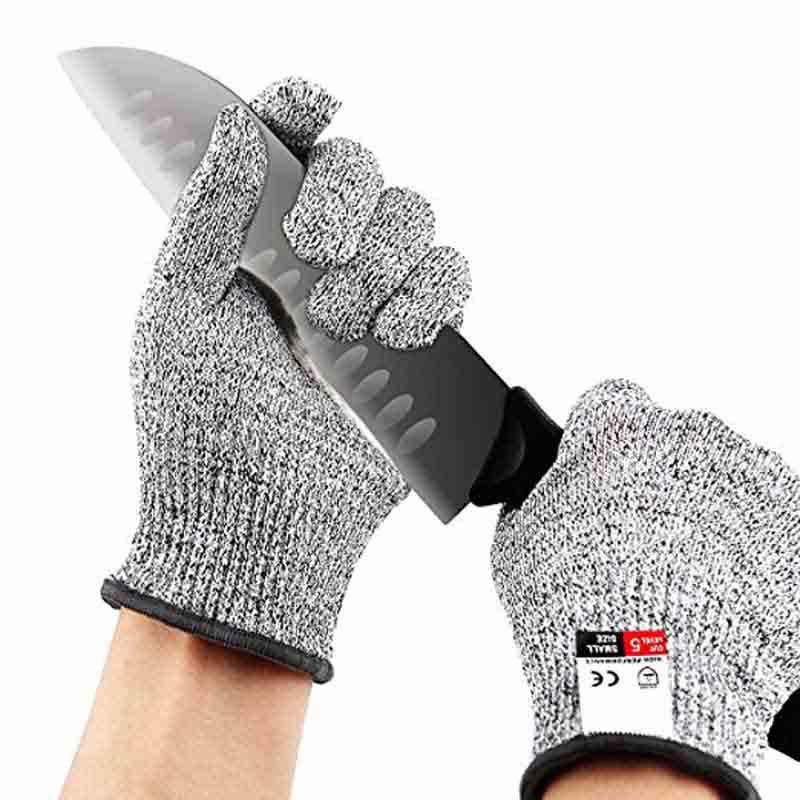
- Smart textiles integrating sensors for safety compliance.
- Multi-risk protection (fire, chemical, cut, arc-flash).
- Rapid growth in customized fitting from top clothing manufacturers.
- Integrated PPE kits: working gloves, woodworking safety helmet, and ce working clothing sold as sets.
II. CE Working Clothing Technical Specifications & Product Parameter Comparison
Rigorous compliance with EN, ISO, and ANSI standards ensures the reliability and durability of ce working clothing. The table below summarizes key technical attributes, performance levels, and regulatory benchmarks for common PPE attire across industries.
| Product Type | Standard | Fabric/Material | Protection Level | Life Span | Applications |
|---|---|---|---|---|---|
| High-Vis Vest | EN ISO 20471 (CE) | Polyester/Reflective Tape | Class 2/3 Visibility | 1-2 Years | Construction, Road Work |
| Flame-Retardant Suit | EN ISO 11612/11611 | Cotton/Nomex/Aramid | Heat, Flame & Arc Flash | 3-5 Years | Welding, Foundry |
| Chemical-Resistant Coverall | EN 13034/IEC 61340/ASTM D3776 | Polypropylene, PVC, PE-Coated | Liquid/Splash, Static Dissipative | 1-2 Years | Petrochemical, Lab |
| Welding Jacket | EN ISO 11611 | Split Cowhide/Leather | Heavy Heat, Sparks | 2-3 Years | Welding, Metalwork |
| Working Gloves | EN 388, EN 407, ANSI | Nitrile, NBR, PU Leather | Cut, Abrasion, Heat, Oil | 6-18 Months | General, Metal, Woodwork |
| Woodworking Safety Helmet | EN 397, ANSI Z89.1 | HDPE/ABS | Impact, Electric, UV | 2-4 Years | Wood/Timber, Construction |
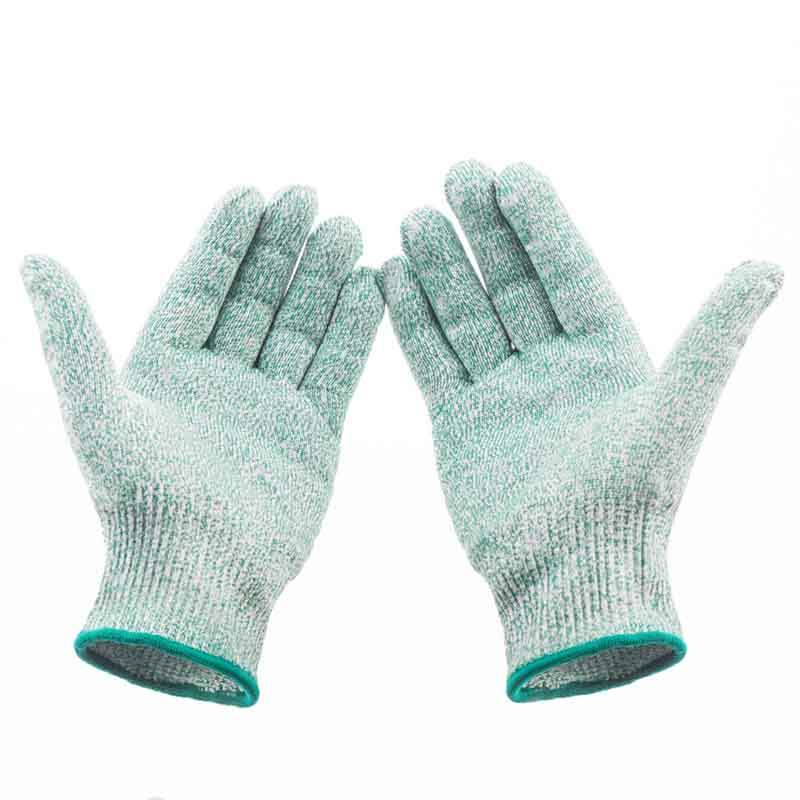
III. Data Visualization: CE Working Clothing Parameter Trends & Market Analytics
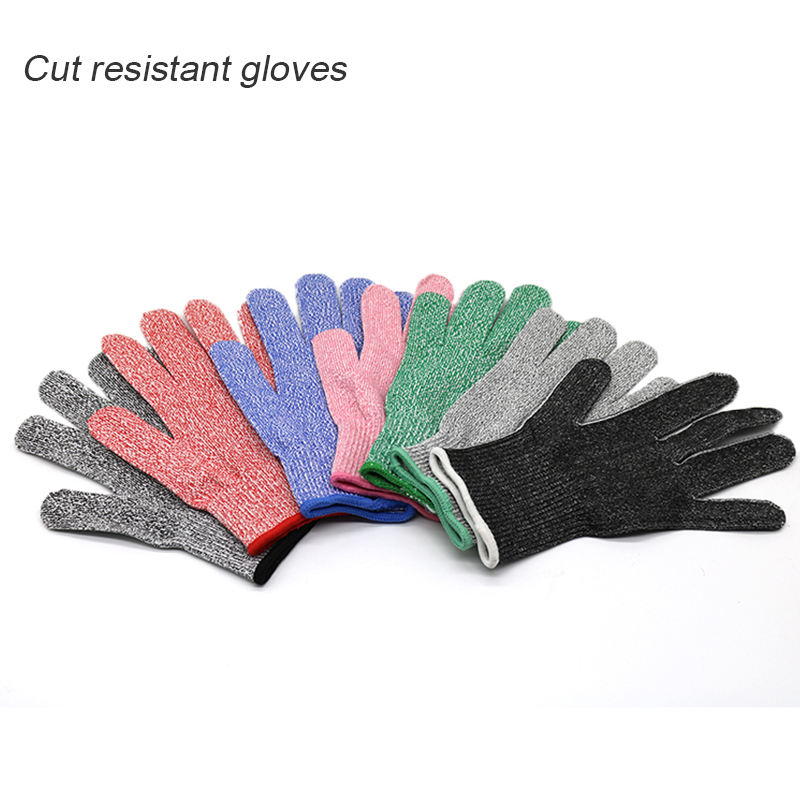
IV. Manufacturing Process Flow of CE Working Clothing
The efficiency and safety of CE working clothing begin with advanced production lines, precision material selection, and multilayered testing. Below is a flowchart demonstrating the working gloves & ce working clothing manufacturing process:
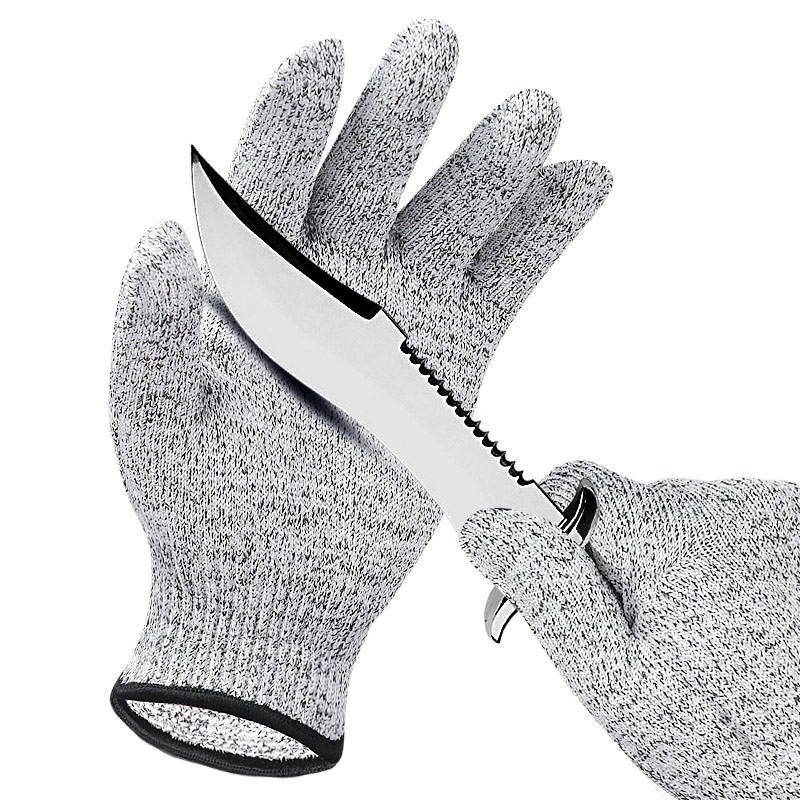
- Material Selection: Technical fabric (Nomex, technical polyester, NBR, PU) sourced from ISO 9001 suppliers for flame-retardant, cut-resistant, and waterproof properties.
- Cutting & Shaping: Precision CNC cutting ensures garment fit and removes waste.
- Stitching & Welding: High-strength threads, sealed seams, and automated welding ensure durability and multi-risk barrier.
- Surface Treatment: Waterproofing, antistatic coating, oil repellency via nano-tech/fabric finishing.
- Quality Testing: In-house batch testing (EN/ISO/ANSI) - flame, chemical, tensile, and reflectivity, traceable via QR code.
- Packing & Labeling: CE, ISO, and ANSI marks attached; each batch serialized for tracking and accountability.
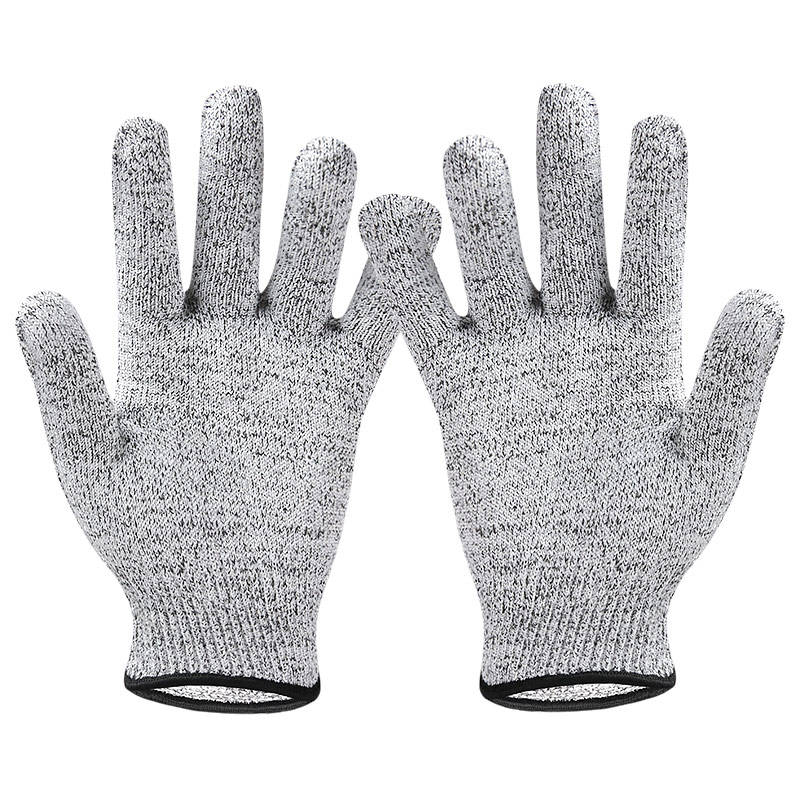
- Service life: Most garments last 2–5 years per ISO 15797 repeated wash cycles.
- Certifications: CE, EN, ISO 11612/11611/20471, ANSI, FDA (contextual use), AS/NZS, BSCI audited manufacturing.
- Suitable for: Petrochemical, metallurgy, water treatment, construction, energy, and general engineering applications.
V. Application Scenarios & Product Advantages
- Construction Infrastructure: Hi-vis, abrasion-resistant vests and pants supporting 24/7 operations and hazardous site navigation.
- Welding/Metal Fabrication: Welding clothing blocks sparks, molten splash, radiant heat (EN ISO 11611: Level 2), and offers long sleeves for forearm protection.
- Woodworking & Forestry: Integrated woodworking safety helmet with chinstrap, sweatband, and ear protection.
- Paired with Working gloves for enhanced grip and precision.
- Petrochemical, Water Treatment: Antistatic, chemical-resistant coveralls prevent vapor ingress, chemical splash injuries, and static discharges (IEC 61340/EN 13034).

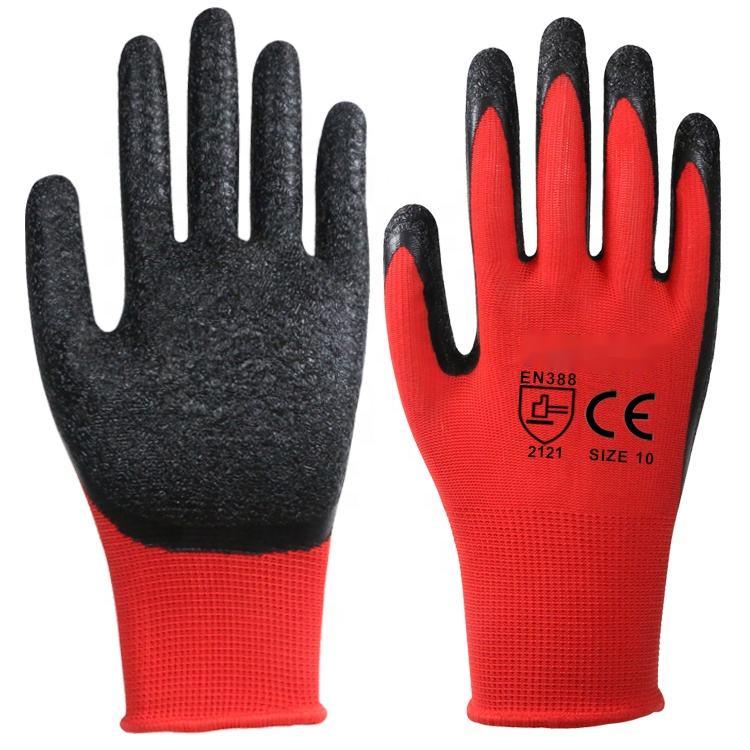
- Reduces incidents by 31% (2023 European Safety Review).
- Improves productivity by up to 15% in construction zones.
- Customized fitting for all seasons/climate ranges.
- Wash tested for up to 32 cycles (per EN ISO 15797 report).
VI. Market Comparison: Top CE Working Clothing Manufacturers
| Manufacturer | Certifications | Key Products | Lead Time | QC & Traceability | OEM/ODM Service |
|---|---|---|---|---|---|
| Honeywell | CE, EN, ISO, ANSI | FR Clothing, Rainwear, Gloves | 20-30 days | Batch QR, RFID System | Yes |
| DuPont | CE, ISO 9001/14001 | Nomex/Kevlar Suits, Aprons | 25-35 days | Traceable Lot | Yes |
| Good Safety Helmet | CE, EN, ISO, ANSI, FDA | Working Gloves, Helmets, Coveralls | 10-20 days | Barcode, QR Scan | Yes, full customization |
| Portwest | CE, EN, ISO | Hi-Vis, Flame Retardant | 30-35 days | Batch Testing | Limited |
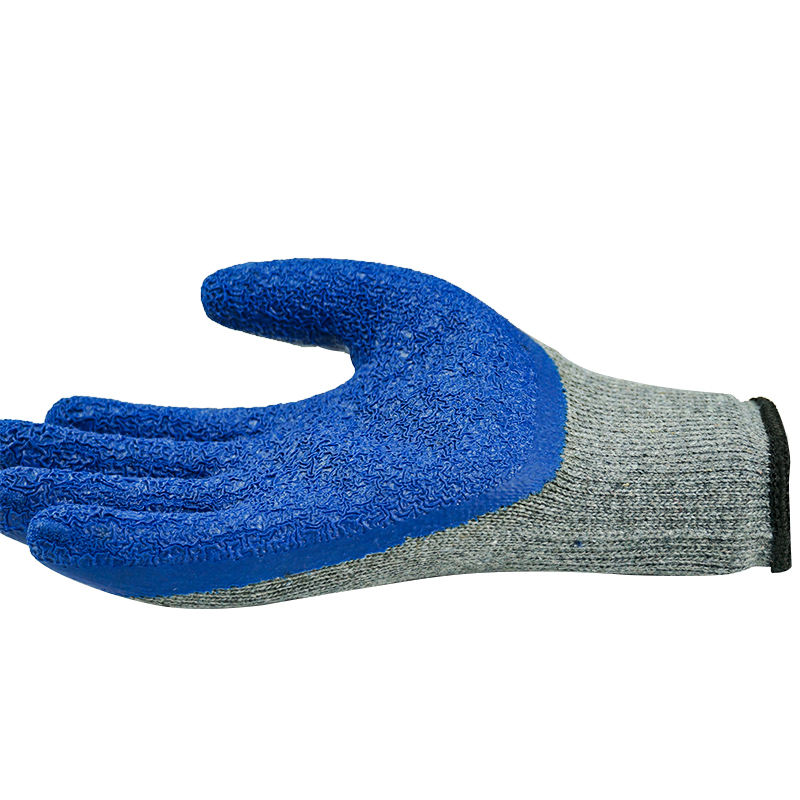
VII. Working Gloves — Technical Indexes and Visual Analysis
https://www.goodsafetyhelmet.com/working-gloves.html
- Test Standard: EN 388 (Mechanical Risks), EN 407 (Thermal), ANSI/ISEA 105
- Typical Cut Resistance (Nitrile): Level 4 (8.0–14.9 Newtons)
- Service Cycle: 30–50 industrial washings for premium protective gloves
- Glove FDA Compliance: Suitable for indirect food contact applications
VIII. Custom CE Working Clothing & Personalized Service Solutions
- Fabric types: Cotton, technical polyester, Nomex/Kevlar blends, NBR, PU
- PPE integration: Working gloves, woodworking safety helmet, reflective piping, logo branding
- Color spectrum & sizing: XS–5XL, gender-specific fits, adjustable features
- Performance enhancements: Antimicrobial, UV-block, anti-static, extra pockets
- Certification: Batch-specific EN, CE, ANSI, ISO labeling
- Order flexibility: Clothing manufacturers can fulfill quantities from 100–100,000+ pieces
- Standard lead time: 10-28 days (based on order volume & item type)
- 12–24 month quality guarantee
- Lifetime technical support: wear tracking, re-certification alerts
- Global logistics: customs/documentation, DDP options
- EN ISO 20471/11611/11612 (for hi-vis, welding, flame-retardant)
- CE Marking (mandatory for EU market)
- ANSI/ISEA 105 for gloves (USA)
- FDA, BSCI, SEDEX (upon request for global buyers)
IX. Real-World Application Cases & Customer Testimonials
Deployment of CE-certified flame-retardant coveralls and working gloves reduced incident rates by 37% and passed EN ISO 11612/11611 audit inspection.
Teams equipped with integrated working clothing construction (hi-vis, arc-flash resistant) and woodworking safety helmet reported zero serious injuries over 12 months.
Custom runs of branded welding clothing for an automotive manufacturer, including a re-certification program driven by QR tracking, improved workforce compliance and reduced downtime by 14%.
Customer Feedback (2023):
“The CE working clothing delivered notable improvements in compliance and worker comfort during our power plant retrofit project. Technical support was responsive and proactive in ensuring all EN, CE and OSHA requirements were met.”
— Maintenance Manager, Leading Power Utility, Germany
X. Professional FAQ on CE Working Clothing
- 1. What is the main fabric used in CE working clothing?
- Premium cotton rich blends, Nomex, and high-tenacity technical polyester with antistatic or flame-retardant finish are widely adopted. Each fabric is chosen for specific hazard and performance requirements.
- 2. How is working gloves cut resistance measured?
- EN 388 Test method is utilized—materials are rated by their resistance to straight-blade cuts (score 1–5) and newton force (A–F scale) per latest standards.
- 3. Which standards must welding clothing comply with?
- EN ISO 11611 & 11612 define flame retardance, thermal and arc-flash resistance, and minimum garment design (coverage, closures, reinforced stitching).
- 4. What is the recommended service life of CE working clothing?
- Typical lifespan is 2–5 years, with annual inspections, retesting after 30–40 industrial washes, or post-incident assessment (per ISO 15797, ANSI 103).
- 5. Are OEM/ODM clothing manufacturer options available?
-
Women's Safety Clothing Canada | Hi-Vis & Durable Gear
NewsAug.27,2025
-
Durable Safety Helmet Hats: Ultimate Head Protection & Comfort
NewsAug.26,2025
-
HDPE Safety Helmet: Durable Head Protection for Work Sites
NewsAug.25,2025
-
Stylish Baseball Cap Safety Helmet | Discreet Head Protection
NewsAug.24,2025
-
Durable Waterproof Safety Clothing | Custom & High-Vis Protection
NewsAug.23,2025
-
Premium Reflective Safety Clothing | High-Vis Workwear
NewsAug.22,2025
